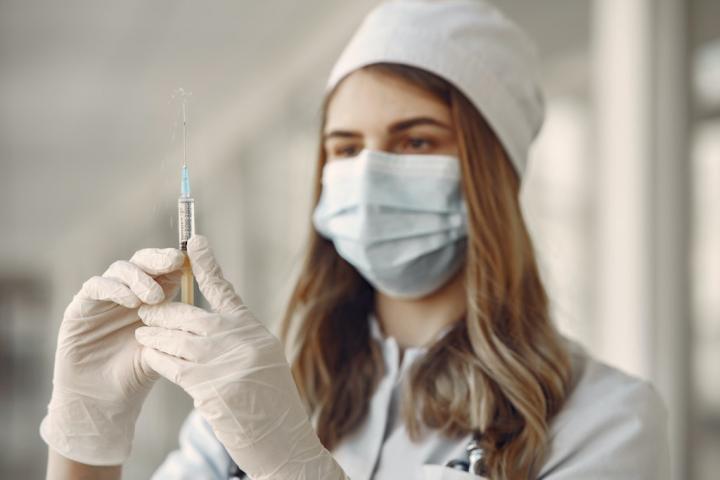
Credit: Gustavo Fring
The UK’s National Health Service (NHS) is changing the way it writes its guidelines for giving injections in hospitals, following groundbreaking research from the University of Bath.
The Bath study, funded by the National Institute for Health Research (NIHR), found that hospital nurses make far fewer mistakes when administering medicines intravenously if they follow instructions written with nurses in mind. Researchers used a process called ‘user testing’, which identifies where mistakes are being made and introduces changes so the instructions are easier to use.
Current NHS guidelines on intravenous injections are written by pharmacists with little input from their primary audience – nurses. These instructions can be confusing or overly complicated, which contributes to 30-50% of intravenous doses being incorrect in some way.
Injection-related mistakes form a major part of the 237 million medication errors that occur annually in England, and they can arise because nurses struggle to find relevant, unambiguous information in the NHS guidelines, explained Dr Matthew Jones, who led the research from the University’s Department of Pharmacy and Pharmacology in collaboration with colleagues from the Universities of Leeds and Strathclyde, and UCL School of Pharmacy.
“When nurses follow modified guidelines that present the same information in a more user-friendly way, nearly two and half times more doses are given without mistakes,” he said. “As a bonus, the injection procedure is also completed faster and nurses feel more confident about their decisions.”
He added: “Current instructions are usually written by pharmacists using a format and language that makes immediate sense to other pharmacists, but not necessarily to nurses.
“Different professions think about things in different ways as a result of the different training they receive, and we need injection guidelines to be written in a way that is understood by nurses because they prepare and administer most injections.”
In developing the Bath study, researchers collaborated with Luto Research, a University of Leeds spin-out company with expertise in user testing. The study involved 273 nurses and midwives who regularly administer injections from four NHS hospitals.
Participants were taken part way through a shift and asked to give an injection to a rubber dummy simulating a patient’s arm. Around half of participants were given the current NHS guidelines and the other half the modified guidelines. A researcher watched to identify guideline-related errors.
“The results make it clear that busy, stressed staff need information to be presented in a way that is easy to understand and quick to find,” said Dr Jones. “User testing allowed us to identify where the information needed improving and how we could do that.”
The study’s findings have triggered a review of how injection guidelines are produced for the NHS Injectable Medicines Guide. This website-based guide provides information on the correct procedures for preparing and administering over 350 intravenous medicines in over 120 hospitals. It is accessed approximately 3-million times per year, mostly by hospital nurses.
Dr Jones said: “To improve patient safety, most injectable medicines’ guidelines should be user-tested. This is particularly important when high-risk and complex decisions are being made.”
According to the World Health Organisation, unsafe medication practices and medication errors are a leading cause of injury and avoidable harm in health care systems across the world. Globally, the cost associated with medication errors is estimated at US$42 billion every year.
###
The Bath paper, User-testing guidelines to improve the safety of intravenous medicines administration: a randomised in-situ simulation study, is published in the BMJ Quality and Safety.
* Dr Matthew Jones talks about his research here: https:/
Media Contact
Vittoria D’Alessio
[email protected]
Original Source
http://www.
Related Journal Article
http://dx.




